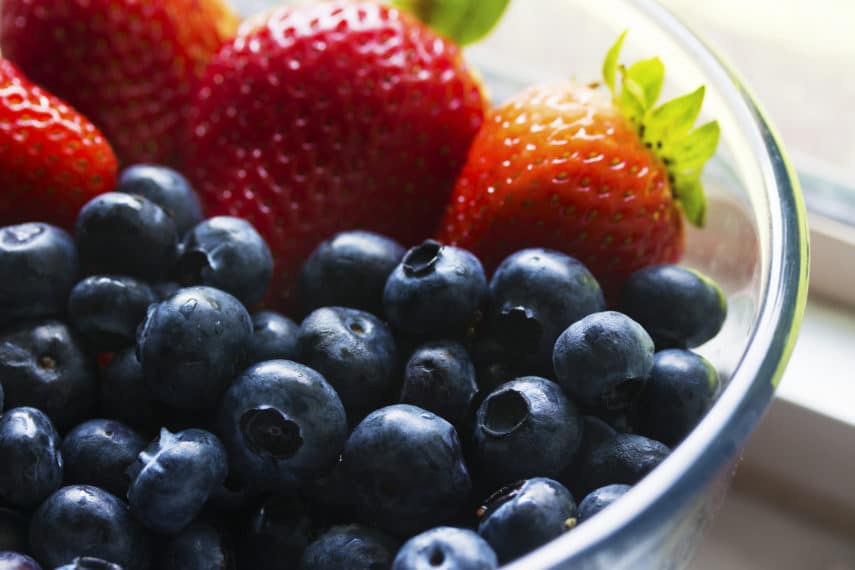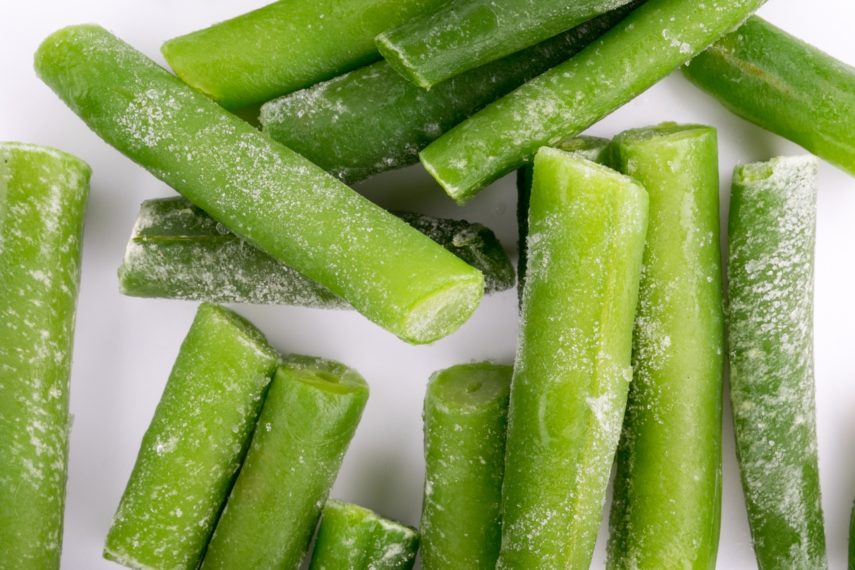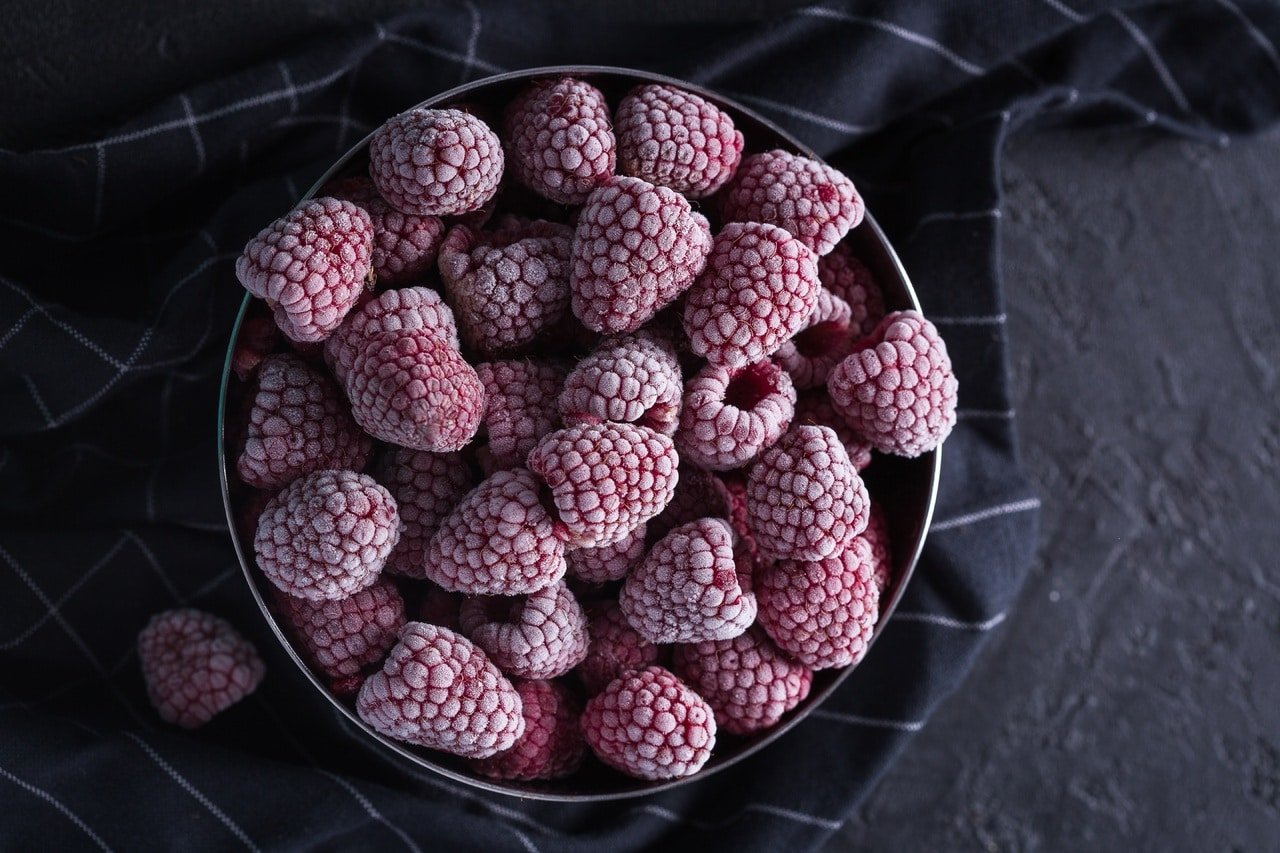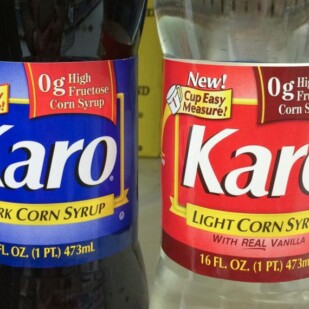Fresh vs. Frozen Fruits & Vegetables & The Low FODMAP Diet
First off lets just say right away that there are tons of fruits and veggies that you can enjoy while on the low FODMAP diet. We hear people say all the time that they think they have to give up fruits and vegetables and nothing could be further than the truth.
One look at the Monash University Smartphone App Fruit and Vegetable categories and so many low FODMAP Green Light choices are staring back at us.
We regularly include green beans and lettuces, bell peppers, carrots, potatoes, summer and winter squashes, radishes, fennel, tomatoes, corn and so many more into our diet on regular rotation.
For fruit we enjoy bananas, grapes, oranges, cantaloupe, honeydew, kiwi, papaya, pineapple, blueberries, raspberries and strawberries all the time. (Always consult your Monash University Smartphone App for amounts).
Are Fresh Vegetables Better Than Frozen?
EDITOR’S NOTE: This article explores the difference between fresh and frozen produce from many angles, but it must be stated that we do not necessarily know how freezing affects each individual fruit or vegetable from a FODMAP point of view. It is true that many foods are freeze-dried prior to lab testing for FODMAPs, but freeze-drying and simply “freezing” are not the same.
Processing in general, whether it is dehydrating, freeze-drying, canning or preserving will usually change FODMAP content. Many RDs consider frozen foods to be the most similar to fresh in terms of FODMAPs, but again, unless something is specifically lab tested, one does not know.
If you are stable and in your Challenge Phase, why not try some frozen fruits or vegetables of fresh equivalents that you have done well with? After all, what is important is how YOU digest them, not what a lab result says.
You might be interested in our articles, What Is a Low FODMAP Serving Size? and also What If A Food Has Not Been Lab Tested?
Recently I was listening to NPR and they did a story that caught my attention. It was about the virtues of frozen fruits and vegetables and I figured, this is a perfect example about how real life and even mainstream media still applies to us FODMAPers.
Let’s talk about the obvious points first:
Convenience
Studies have shown that the mere fact that you might have produce at hand in the freezer means that you will eat them. A Journal of Nutrition study tells us that recommended vegetable intake is unmet in 90% of individuals in at least half of the 14 age groups they studied, so this is no small point.
Also, frozen produce is ready-to-use. Fruits and vegetables are washed, often pre-cut and they are ready to be steamed, blanched, simmered or microwaved – or thrown right into the blender for the best smoothies. For many people, what is “easy” guides their choices.
Affordability
In general frozen fruits and vegetables are actually less expensive than fresh – even for organic. This makes the fruit and vegetables more accessible to many people. And, there is no waste. You get to eat what you buy, and for many people waste is a huge issue that they want to address.
Flexibility
Frozen produce lasts longer than fresh and they are there for you when you need them. Also, they are usually just the fruit or vegetable themselves with no salt, sugar or preservatives added, as so often happens with canned, and this offers more flexibility in recipes where you might not want the added ingredients.
Also, every now and then we want strawberries and they are out-of-season for fresh, but they are always in the freezer section!
 Taste & Nutrition
Taste & Nutrition
Let’s delve into taste and nutrition, one at a time. Around here if something doesn’t taste good, we don’t want to cook with it! With frozen vegetables we think the flavor can often be fine but texture typically suffers.
Every palate and tolerance for such things is different, so you will have to make your own decisions.
Certainly some vegetable’s texture seems to survive the deep-freeze better than others.
Here are some we like to use:
Frozen blueberries, strawberries and raspberries in crisps, cobblers and pies. Smoothies, too. And frozen pineapple is fantastic in frozen drinks as well as dipped in chocolate. All of these are all readily available, too.
For vegetables we will sometimes buy frozen spinach or kale to add to casseroles or soups. It’s easy to find multi-color frozen bell peppers and those come in handy for Mexican inspired dishes like fajitas and burritos.
Rhubarb freezes well, but we bag it ourselves in heavy zip top bags for future use because it isn’t typically available in our stores.
Let’s Talk Nutrition
Researchers from the University of California Davis were quoted in the NPR story. Upon further digging it was revealed that the study was conducted in partnership with The Frozen Food Foundation, but the study protocols appear solid.
The methodologies were designed to eliminate discrepancies in the harvesting, handling and storage of fruits and vegetables used in the analysis. The fruits and vegetables were analyzed as followed:
-
- Frozen were analyzed within 24 hours of harvest and after 10 and 90 days of storage in a freezer.
- Fresh were analyzed within 24 hours of harvest and after three and 10 days of storage in a refrigerator.
The study results revealed that the nutritional value of frozen fruits and vegetables are generally equal to their fresh counterparts and in some cases the frozen even exceeded the fresh.
Vitamin C
If you are interested in Vitamin C, it is interesting to note that no Vitamin C loss was recorded in the frozen produce for strawberries, carrots, spinach, broccoli, corn, green beans and blueberries.
In those last three the Vitamin C in the frozen was significantly higher in the frozen versus fresh.
According to Dr. Diane Barrett, who was quoted during the NPR story, the amount of Vitamin A and E in particularly were retained very well in frozen produce. For minerals, calcium, magnesium, zinc, copper and iron as well as fiber and total phenolics (health-promoting plant compounds) were overall very well preserved in frozen fruits and vegetables as compared to fresh.
Barrett called out blueberries in particular, stating that after 1 year of storage that their nutrient content was largely retained whereas fresh blueberries lose their nutrients through oxidation within 1 week and then the numbers continue to decline. She said the same thing about peas, but we won’t be eating any large amounts of high FODMAP peas anytime soon!
Barrett said that this vitamin and mineral retention is mostly due to the fact that produce is typically frozen and processed very close to where the produce is grown, which allows this to happen very soon after harvesting – often within hours.
Choices! Whether You Are FODMAPing or Not
It is always good to have choices and now you know that if you are trying to get more fruits and veggies into your diet and the convenience of frozen beckons – then go for it! Of course we love going to the farmer’s market on a Saturday morning, but we recognize that this is not always possible or preferable. We are happy to have choices!

 Taste & Nutrition
Taste & Nutrition








Thank you lovely article. One big question for me is what research is out there about whether fodmap content can change in frozen foods eg bananas if too ripe can increase their fodmaps, does freezing affect the process? Thanks
GREAT question! We have a series on processing. The fact is that we only know what we know about foods that have been tested in the forms that they have been tested. And even then, there is room for questions. For instance, I am currently writing about fermentation. I asked Monash if the fermented cabbages that they tested were pasteurized, and they were. This could, and probably would, result in very different findings than if the fermented products were live. The best we can do for now is test our own tolerances. We have an article you might like on What If A Food Has Not Been Lab Tested for FODMAPs?
A low FODMAP diet says to limit or avoid frozen peas. Anybody know why?
Hi Fiona, I am assuming you are looking at the Monash app and the differences between the lab-tested and reported amounts of the frozen peas (higher) versus the canned and drained peas (lower in FODMAPs). This is because the waster-soluble FODMAPs in the peas have been partially drained away in the canned and drained. There are low FODMAP amounts of both types and we have found that even with the 1 Australian tablespoon (15 g) of frozen that you can incorporate that into dishes, such as pot pies.